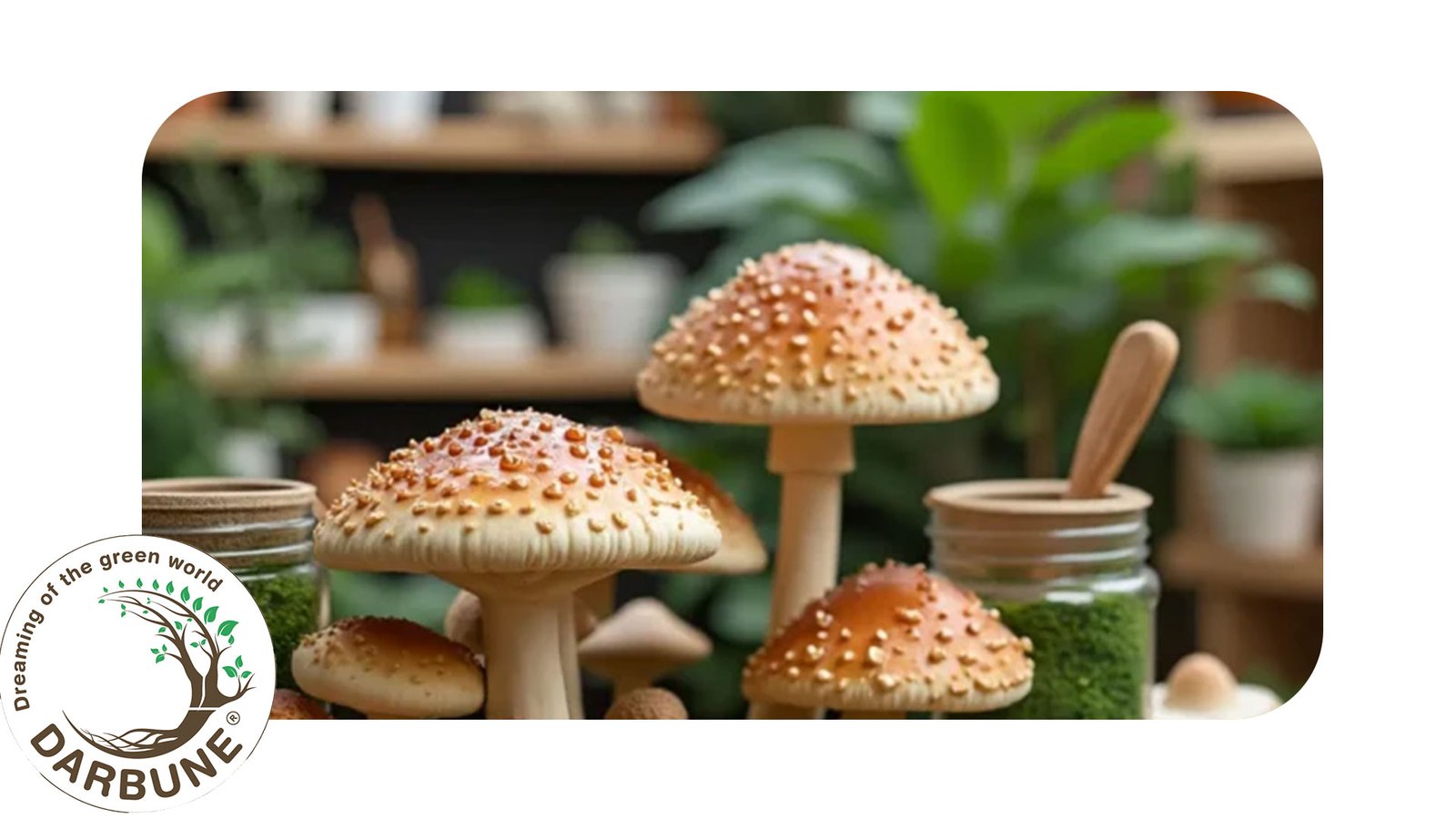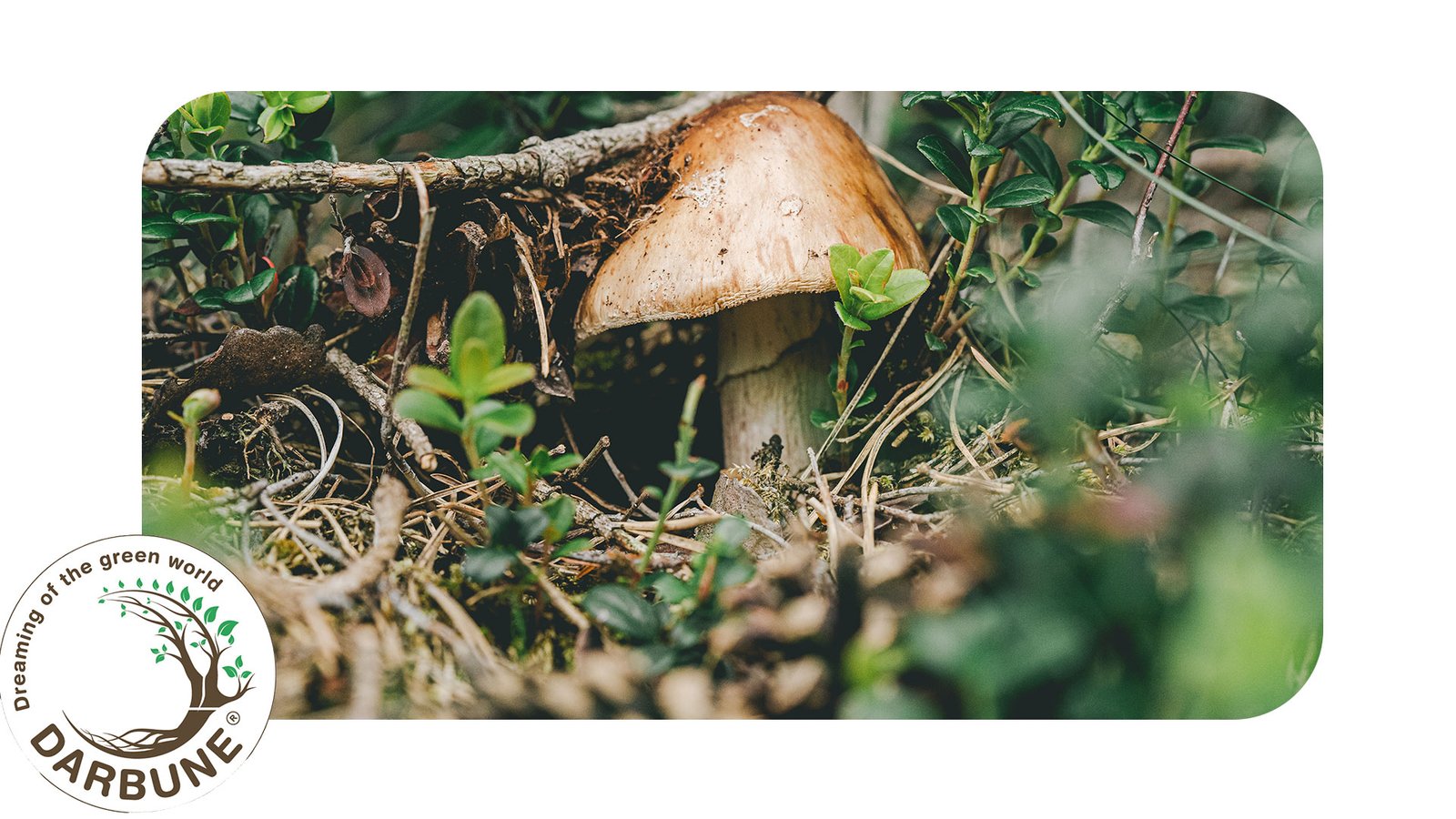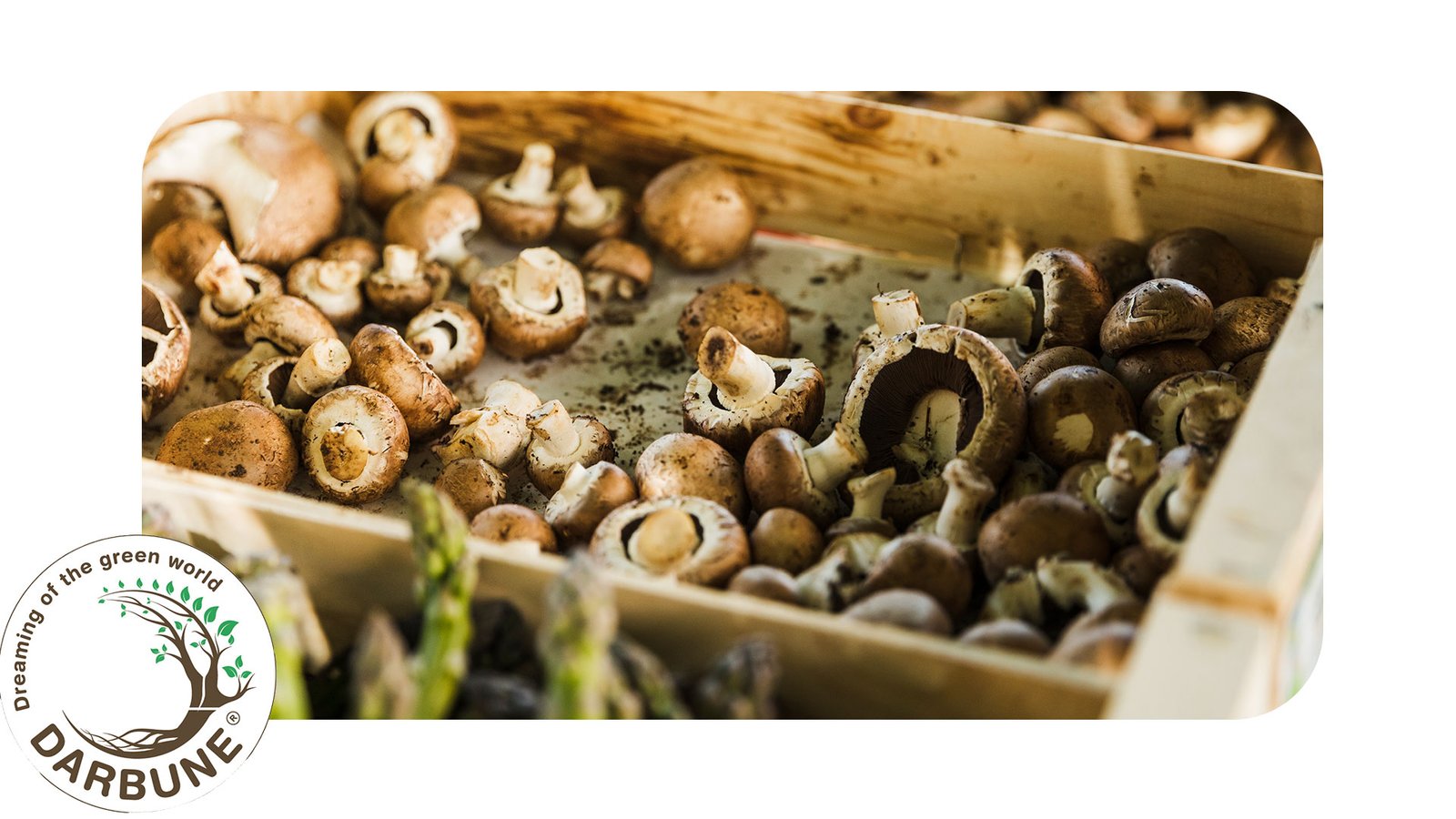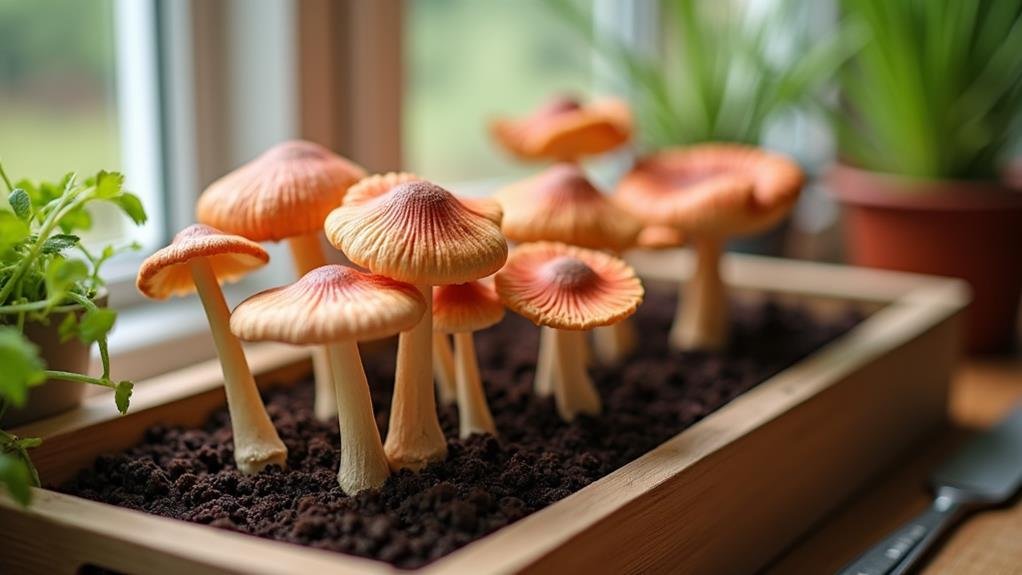Mushrooms are not only a delicious addition to many recipes but also a rich source of essential nutrients and health benefits. Growing mushrooms indoors has become increasingly popular due to its simplicity, cost-effectiveness, and accessibility. Whether you are an avid gardener, a cooking enthusiast, or someone looking to embrace sustainable living, cultivating mushrooms at home offers a rewarding experience.
In this guide, we will walk you through everything you need to know about growing mushrooms indoors. From selecting the right mushroom variety to setting up an ideal growing environment, we’ve got you covered. Let’s delve into this fascinating world and discover how you can start your mushroom-growing journey today.

Benefits of Growing Mushrooms Indoors
- Year-Round Cultivation: Indoor environments allow you to grow mushrooms regardless of the season.
- Cost-Effective: Cultivating your mushrooms can save money compared to purchasing them from stores.
- Health Benefits: Fresh mushrooms are packed with vitamins, minerals, and antioxidants.
- Eco-Friendly: Growing mushrooms at home reduces food waste and supports sustainable living practices.
- Educational and Fun: Growing mushrooms can be an exciting learning activity for children and adults alike, teaching about biology and sustainability.
Step-by-Step Guide to Growing Mushrooms Indoors
Indoor farming of mushrooms can seem complex at first, but with a clear plan and proper guidance, it becomes a manageable and enjoyable process. This step-by-step guide breaks down the essential stages, from choosing the right mushroom variety to harvesting your yield. Whether you’re a beginner or looking to refine your technique, these practical steps will set you up for success.
1. Choose the Right Mushroom Variety
Not all mushrooms thrive indoors. Here are some popular varieties suitable for home cultivation:
- Oyster Mushrooms (Pleurotus ostreatus): Easy to grow and versatile in recipes.
- White Button Mushrooms (Agaricus bisporus): Commonly used in salads and soups.
- Shiitake Mushrooms (Lentinula edodes): Known for their rich, earthy flavor.
- Lion’s Mane Mushrooms (Hericium erinaceus): Highly nutritious with a unique, fluffy texture.
- Enoki Mushrooms (Flammulina velutipes): Perfect for soups and stir-fries, with a delicate flavor and long shelf life.
Consider factors such as taste preferences, cooking uses, space requirements, and the feasibility of Hydroponic Farming when selecting a variety.
2. Prepare Your Growing Medium
Mushrooms grow on various substrates. The choice of substrate depends on the mushroom variety:
- Oyster Mushrooms: Straw, coffee grounds, or sawdust.
- Shiitake Mushrooms: Hardwood logs or sawdust blocks.
- White Button Mushrooms: Compost or manure-based substrates.
- Lion’s Mane Mushrooms: Hardwood sawdust or a supplemented hardwood mix.
Tips for Preparing Substrates:
- Sterilize the substrate to eliminate unwanted contaminants.
- Use a pressure cooker or steam method to ensure cleanliness.
- Allow the substrate to cool before inoculating with mushroom spawn.
3. Set Up the Growing Environment

Mushrooms thrive in specific conditions. Here’s what you need to ensure:
a. Temperature and Humidity
- Maintain a temperature of 55°F to 75°F depending on the mushroom variety.
- Keep humidity levels at 80-90% using a humidifier or misting spray.
- Use a hygrometer to monitor humidity accurately.
b. Lighting
- Mushrooms do not require direct sunlight. Use indirect light or fluorescent lamps.
- For varieties like Oyster mushrooms, ensure at least 12 hours of light daily for optimal growth.
c. Ventilation
- Ensure proper air circulation to prevent mold growth.
- Use a small fan or open windows periodically to maintain fresh air exchange.
4. Inoculate the Substrate

- Purchase mushroom spawn from a reputable supplier.
- Mix the spawn into the prepared substrate, ensuring even distribution.
- Place the inoculated substrate in a growing container such as trays, bags, or jars.
- Seal the container with breathable material to maintain moisture while allowing air exchange.
5. Monitor Growth and Harvest
- After inoculation, mushrooms typically take 2-4 weeks to start fruiting.
- Regularly mist the substrate to maintain moisture levels.
- Harvest mushrooms when they reach full size but before caps flatten out.
- Use a clean knife or scissors to cut mushrooms at the base to avoid damaging the mycelium.
Common Challenges and How to Overcome Them
1.Contamination
- Solution: Sterilize all tools and substrates before use.
- Use gloves and clean surfaces during the inoculation process.
2.Slow Growth
- Solution: Adjust temperature, humidity, and lighting conditions.
- Ensure the substrate is fresh and nutrient-rich.
3.Pest Infestation
- Solution: Regularly inspect your setup and maintain cleanliness.
- Use fine mesh screens to prevent insect entry.
4.Uneven Fruiting
- Solution: Rotate containers to ensure even exposure to light and ventilation.
Conclusion
Growing mushrooms indoors is an engaging and fulfilling hobby that brings numerous benefits. With the right knowledge and tools, anyone can cultivate mushrooms in the comfort of their home. Start small, follow the steps outlined in this guide, and enjoy the fruits of your labor. Remember to experiment with different varieties to find the ones you enjoy most. Happy growing!
Frequently Asked Questions (FAQ)
- How long does it take to grow mushrooms indoors?
Most mushrooms take 2-4 weeks from inoculation to harvest.
- Do mushrooms need sunlight to grow?
No, mushrooms thrive in low light or indirect light environments.
- Can I grow mushrooms from store-bought varieties?
While possible, it’s more effective to use specialized mushroom spawn.
- What is the easiest mushroom to grow indoors?
Oyster mushrooms are beginner-friendly and grow quickly.
- How do I store freshly harvested mushrooms?
Store mushrooms in a paper bag in the refrigerator for up to 7 days.
- What equipment do I need to start growing mushrooms?
Basic equipment includes a growing container, substrate, mushroom spawn, and a misting spray bottle.

